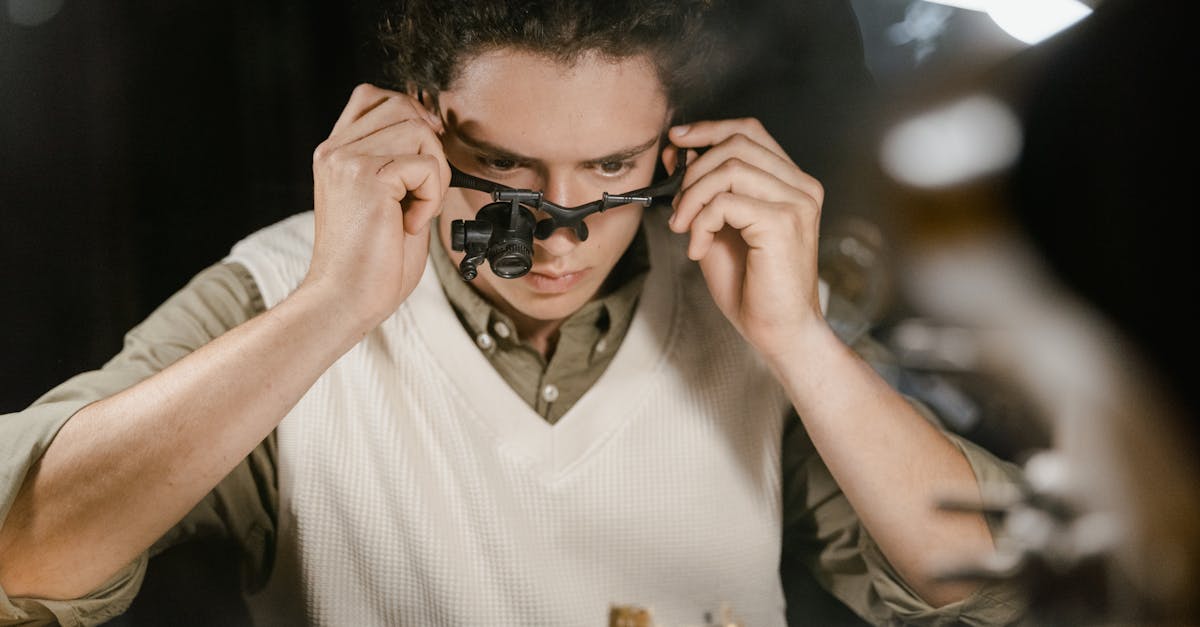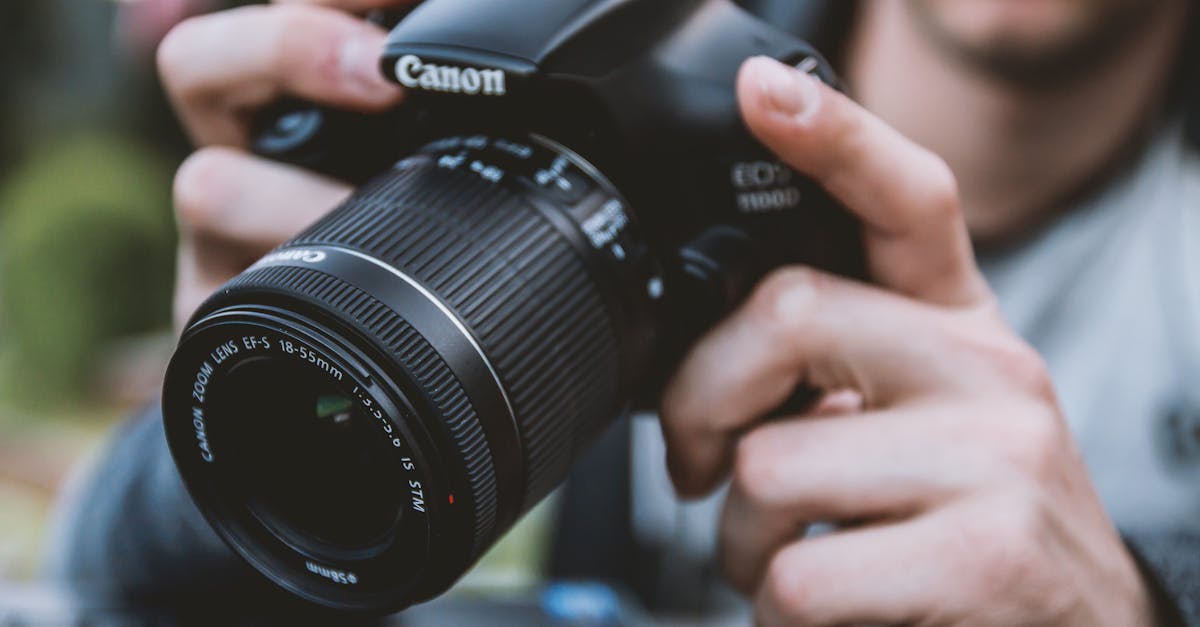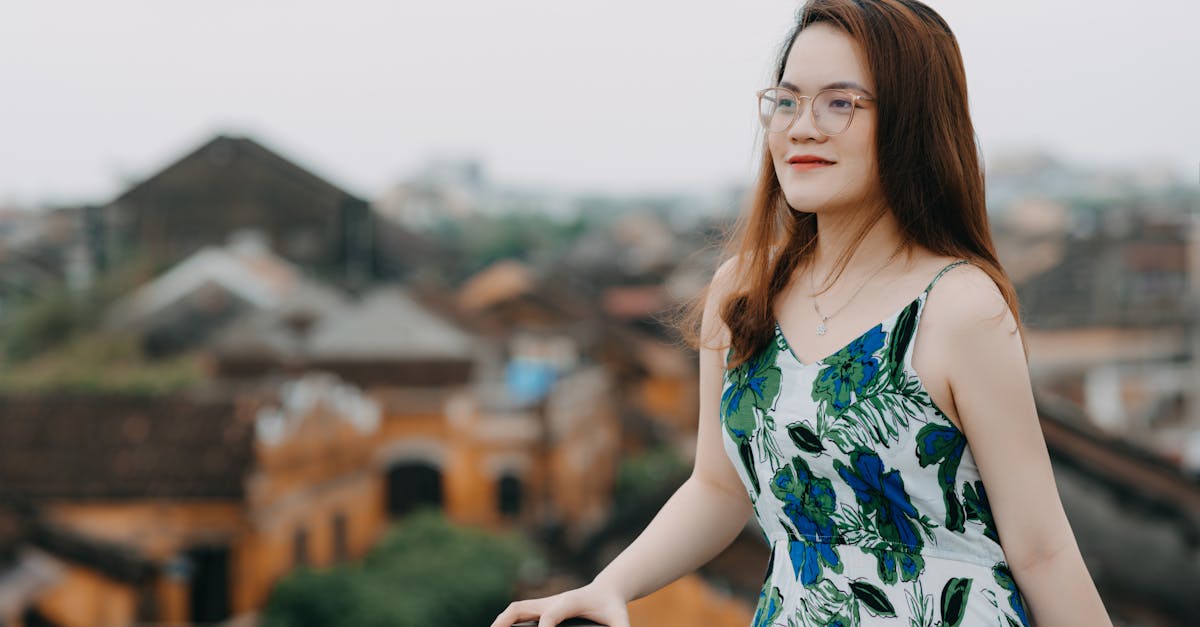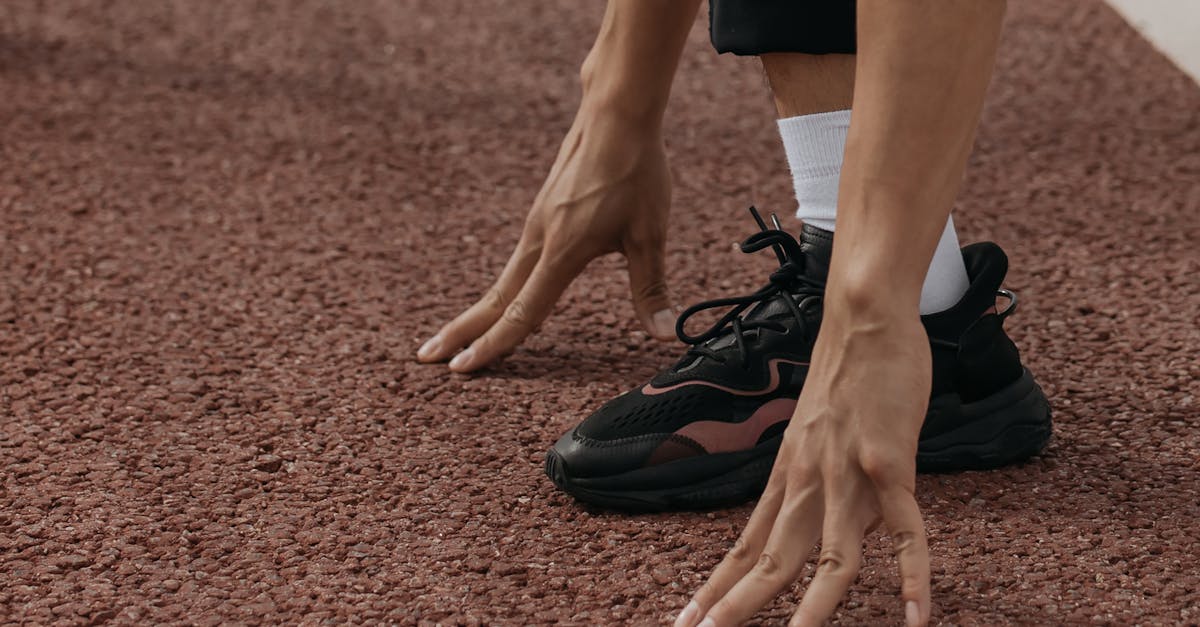Mastering Advanced DSLR Photography
Introduction to Advanced DSLR Photography
Digital Single-Lens Reflex (DSLR) cameras have transformed the world of photography, offering photographers unmatched control over their images. Those exploring advanced DSLR photography are looking to harness the full potential of their equipment. This guide will delve into sophisticated techniques, enabling photographers to achieve professional-quality images. Whether you're aiming to capture breathtaking landscapes or aspire to be a wildlife photographer, mastering advanced DSLR settings is crucial. With enthusiasm and practice, anyone can elevate their photography from good to extraordinary. Let's embark on this journey to become advanced DSLR photography aficionados.
Advertisement
Understanding Your Advanced DSLR Camera
A strong foundation begins with knowing your DSLR inside out. Become acquainted with your camera's features such as interchangeable lenses, manual settings, and various quality settings. It’s vital to comprehend the nuances of aperture, shutter speed, and ISO, which work collectively to influence exposure and image quality. Delve into your camera manual and explore online resources that provide internals about your specific model. Many modern DSLRs come equipped with advanced features such as live view, customizable settings, and numerous focus modes, allowing greater creative control. Learning these elements will set the stage for mastering advanced techniques.
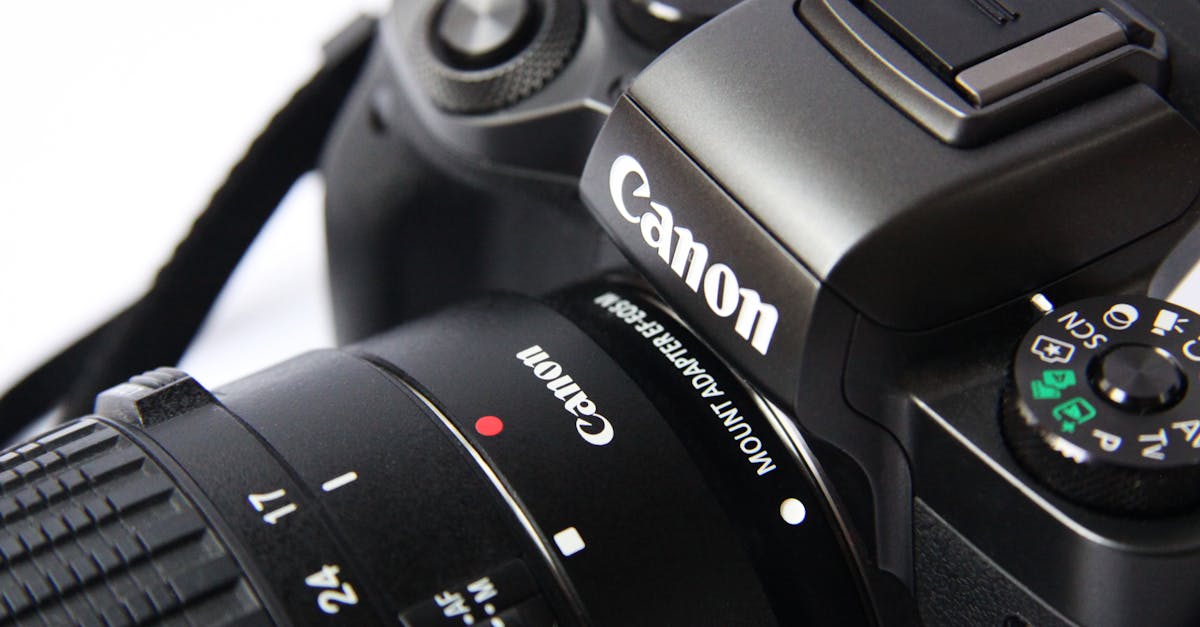
Marc Mueller/Pexels
Advertisement
Advanced Exposure Techniques: Exposure Triangle Mastery
The exposure triangle - comprising shutter speed, aperture, and ISO - remains the cornerstone of photography. Advanced photographers leverage their understanding of this relationship to manipulate exposure creatively. Learning to prioritize exposure settings for different scenarios can elevate photos drastically. For example, slow shutter speeds can create compelling motion blur, while fast ones can freeze movement. Experiment with depth-of-field by adjusting the aperture, and explore how ISO can maintain image brightness without compromising quality by introducing noise. Mastering these interactions allows photographers to adapt to various lighting conditions seamlessly.
Advertisement
The Art of Composition and Framing
Advanced composition goes beyond basic rules to engage viewers emotionally. Dive into techniques like the "Golden Ratio" and "Leading Lines" for visually arresting compositions. Understand how different framing can impact perception, highlighting your subject creatively. Beyond simple rule-of-thirds, explore more dynamic asymmetrical compositions or shoot from unique perspectives. Play with negative space to create minimalist yet impactful photos, or use natural elements in the scene to frame the subject. Pushing the boundaries of conventional compositions can tell more compelling visual stories.
Advertisement
Harnessing Light: Advanced Lighting Techniques
Lighting can make or break a photo, and mastering it is paramount for any advanced photographer. Understand the principles of natural light—where, when, and how to utilize it to its fullest potential. Experiment with golden-hour photography to add warmth and emotion to your shots. Work with artificial light sources, like flashes and reflectors, to fill shadows and control highlights. Explore the complex art of off-camera flash for dynamic portraits, or use long exposures to capture light trails in urban photography. Advanced lighting techniques can convert simple scenes into extraordinary artworks.
Advertisement
Post-Processing and Editing Mastery
Digital refinement through post-processing is every bit as crucial as capturing the image. Develop technical editing skills with software like Adobe Lightroom or Photoshop, which offer advanced color grading, retouching, and manipulation options. Approach editing with a subtle hand and maintain the image’s authenticity, enhancing rather than over-processing. Dive deep into correcting lens distortions, adjusting exposure levels, and working with layers to refine compositions. Learning when to convert images into black and white can emphasize textures and light play. Treading the nuanced path of post-processing distinguishes amateur work from professional photography.
Advertisement
Specialized Techniques: HDR and Panorama
Elevate your photography with specialized techniques like high dynamic range (HDR) and panoramic shots. HDR combines multiple exposures to capture scenes with extreme highlights and shadows, revealing detail not visible in standard photography. Use panorama mode to capture sweeping landscapes, ensuring seamless stitching by maintaining consistent settings and overlapping shots adequately. Both techniques require careful composition and post-processing to avoid unnatural results. Mastering these techniques enables photographers to expand their creative horizons and capture breathtaking images that capture the full spectrum of a scene.
Advertisement
Capturing Movement and Action
Photographers can create visually dynamic images by mastering techniques to capture movement. Techniques such as "panning" allow the photographer to follow moving subjects, creating sharp subjects with blurred backgrounds. High-speed photography captures fast actions with clarity, requiring precise timing and higher shutter speeds. For long exposure shots, use a tripod to capture star trails or smooth out waterfalls. Freeze dramatic action moments, such as sports or wildlife movements, by understanding autofocus modes and burst settings. Mastering movement allows for capturing images that breathe life into a still frame.
Advertisement
Searching for Authenticity in Subjects
When photographing people or animals, authenticity is key. Seek genuine emotion by allowing subjects to move naturally. For portraiture, build rapport with models for a relaxed ambiance that results in more expressive shots. For wildlife photography, patience is essential for capturing animals in their natural habitat without intrusion. Candid shots often convey authenticity more effectively than posed ones, bringing raw emotion and spontaneity to life. Capture authentic landscapes by exploring new locations and photographing under different seasonal changes and weather conditions, showcasing nature’s true colors and moods.
Advertisement
Summary and Conclusion
Advanced DSLR photography is a thrilling venture that uncovers limitless creative possibilities. With a deep understanding of technical aspects, mastering lighting, and skills in post-processing, photographers can achieve remarkable results. The joy of capturing exceptional images comes from continued learning and experimentation. Remember, every great photographer began with curiosity and a camera. Exploring specialized techniques and developing individual style through trials and mistakes enhance photographic artistry. Embrace the journey, immerse yourself in creativity, and let your images narrate captivating stories.
Advertisement

